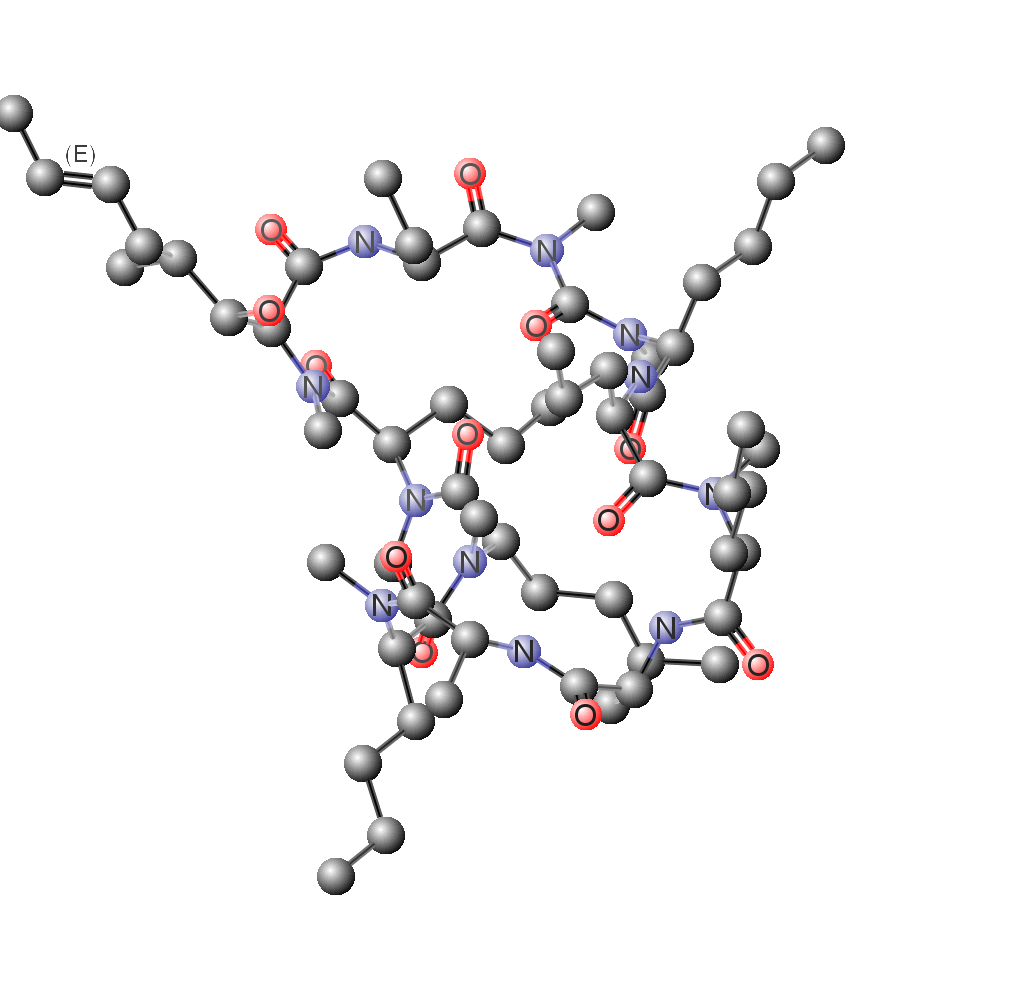This week in Science (29/11/2024)
Perovskites take step toward real world
applications
Perovskite solar cell devices are amongst the most exciting upcoming energy solutions. They have the potential to provide highly efficient solar energy with reduced environmental impact. The field has seen rapid development in recent years, with power conversion efficiencies (PCE) progressing from 3 to 26% in the past decade. Perovskites, however, struggle with stability issues — a problem currently receiving massive research focus.
Yang et al. (Northwestern University) recently developed a new protective coating that enhances perovskite stability. The team developed an amidinium coating, which boasts significantly improved protective qualities compared to research-standard ammonium-based coatings. The new technology was shown to retain 90% PCE after 1,100 hours of operation at 85 °C, a notable improvement on ammonium-coated devices which lose 35% of their PCE within the same operational period.
Old tech, new life: could refurbished pacemakers bridge the gap in access to lifesaving devices?
On the 17th of November, scientists at the annual American Heart Association meeting reported their preliminary results from a randomised clinical trial of 300 people. The “My Heart Your Heart” study found that patients that received refurbished pacemakers managed just as well compared to those who had received new ones.
Lead study author Thomas Crawford, M.D., a professor of internal medicine at the University of Michigan Medical School, highlighted the disparity in access to pacemakers, stating, “In some high-income countries, as many as 1,000 people per million population may receive a pacemaker annually. In low-income countries, it could be 3 per million population or fewer.”
Crawford’s team implanted either a new or refurbished pacemaker in patients and tracked outcomes over 90 days. The results were nearly identical for both groups, with no device malfunctions reported.










